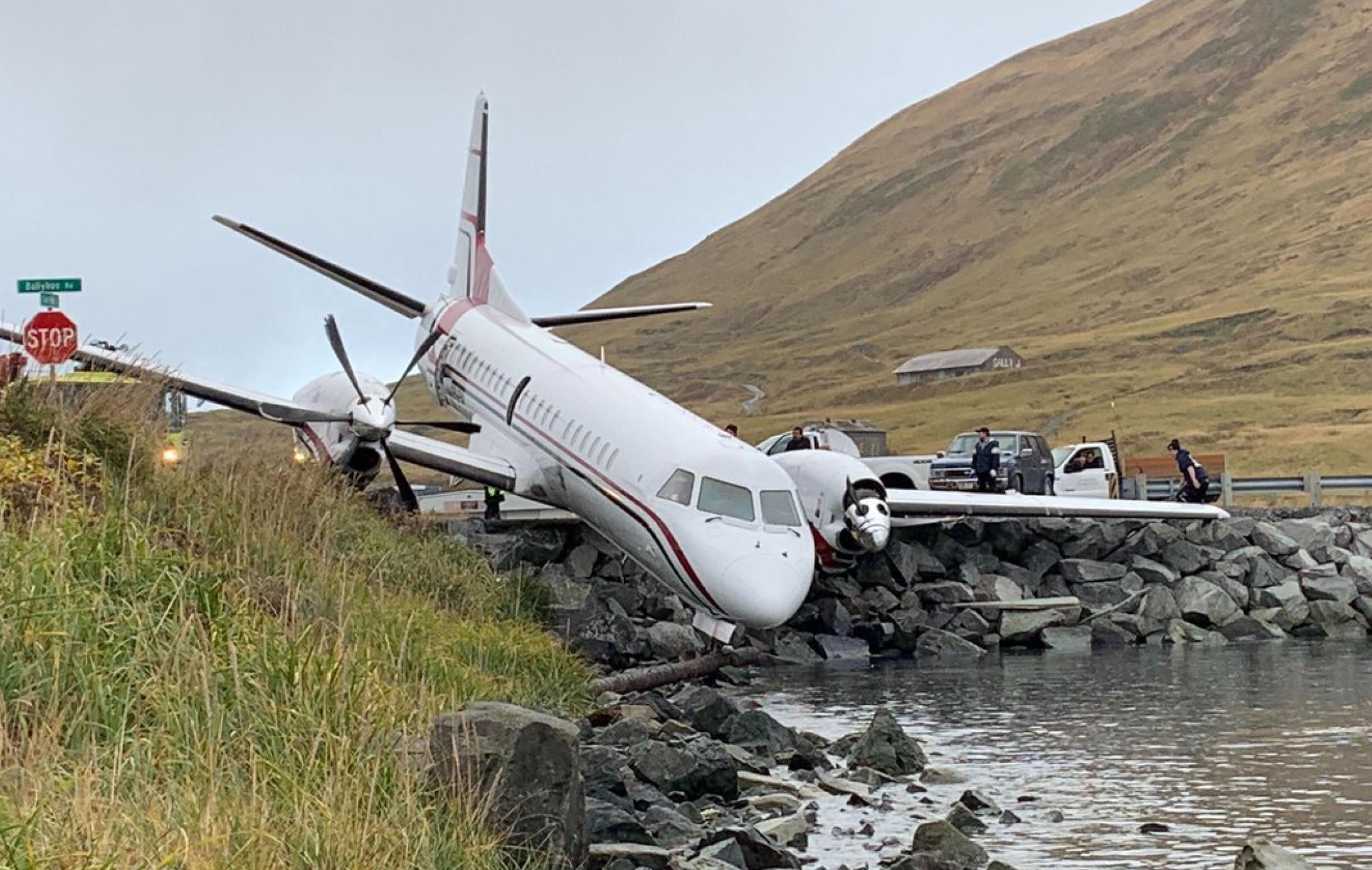
Credit: NTSB
A series of errors contributed to the October 2019 overrun of a PenAir Saab 2000 at Alaska’s Unalaska Airport that killed one passenger. The NTSB pointed to mistakes made during a landing-gear overhaul as the probable cause. But a deeper dive by investigators pointed to insufficient safety analysis...
Subscription Required
Daily Memo: The High Costs Of Inadequate Safety Assessments is published in Aviation Daily, an Aviation Week Intelligence Network (AWIN) Market Briefing and is included with your AWIN membership.
Already a member of AWIN or subscribe to Aviation Daily through your company? Login with your existing email and password
Not a member? Learn how to access the market intelligence and data you need to stay abreast of what's happening in the air transport community.

